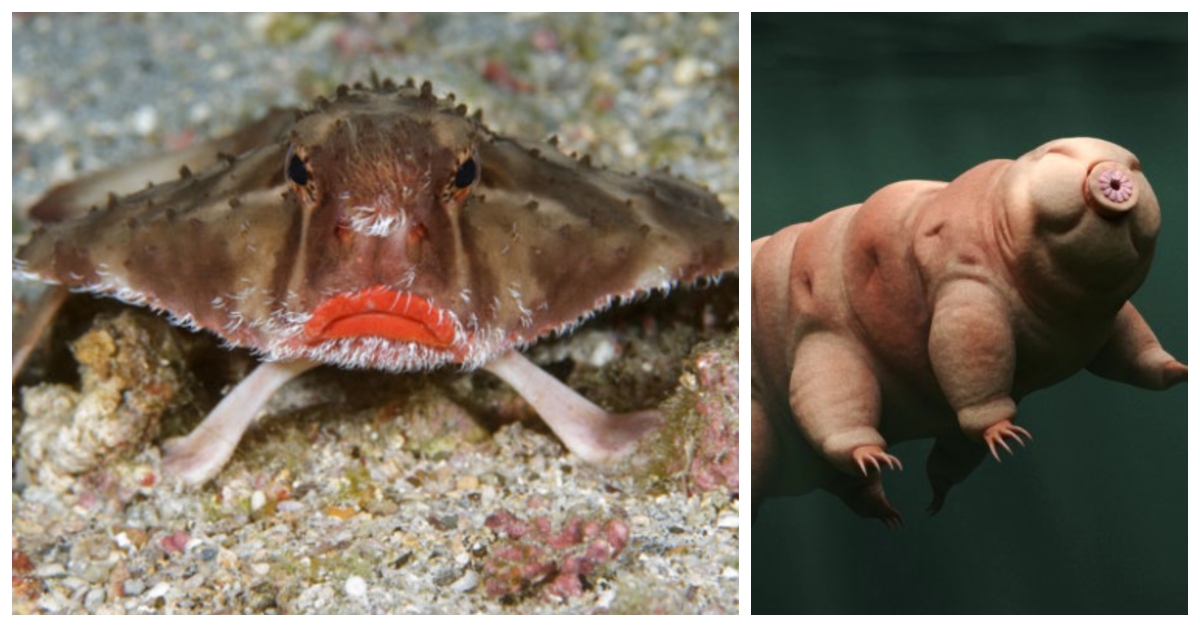

"If you're doing that with sharks or with fish, or with mammals, you often get to the asymptote," says Horton.
#Beautiful rare deep sea creatures Patch
If you plot the number of new species you've found on a graph over time (and do "a load of statistical analysis called rarefaction", Horton adds), you will see a curve that starts out steep as you discover lots of new species, before flattening out towards the horizontal as it reaches what's called an asymptote – at this point, after many dives to inspect your patch of ocean, you have effectively described everything that lives there. Maybe this time a shark swims through your section of water, and you spot one or two other new creatures.Īs you go on repeating this process, Horton says, you will tend find fewer and fewer new species. Then go back a second time and do it again, making a note of the number of species that you didn't see there before. Perhaps you see a few crustaceans clinging to a seafloor boulder, several species of fish darting around, and a couple of sediment-feeders embedded in the silty seafloor. There are, in fact, several ways that scientists can estimate how many unknown species there are still to be discovered, says Tammy Horton, a taxonomist and ocean biodiversity researcher at the National Oceanography Centre in Southampton, UK.įor instance, imagine taking one small patch of water sitting above the ocean floor a few miles out from the coast, and recording how many new species you find there. But with new methods of ocean exploration, we are getting closer than ever to discovering more of the ocean's giants.Īfter centuries of ocean exploration, how do we know that we haven't found all the sizeable ocean animals already? As deep-sea mining threatens to encroach on previously untouched seafloor habitats and climate change warms and acidifies the seas, the ocean's ecosystems are on the brink of profound change. The race to try to find the remaining species is growing urgent. When you consider smaller animals too, the number of unknown species rises to the millions.įrom 13m-long (43ft) voracious carnivorous squid, to scuttling Yeti crabs huddling near hydrothermal vents, to tusked whales dwelling thousands of feet down to avoid predatory orcas, sizeable marine animals new to science are still being documented every year. Oceans make up roughly 99.5% of the planet's habitats by volume, and within those largely unexplored depths there are thought to be scores of large marine animals unknown to science. If the Earth's oceans were the size of the island of Manhattan, then oceanographer and deep-sea explorer Edith Widder estimates that we've explored the equivalent of perhaps one block – but only at first-floor level.


 0 kommentar(er)
0 kommentar(er)
